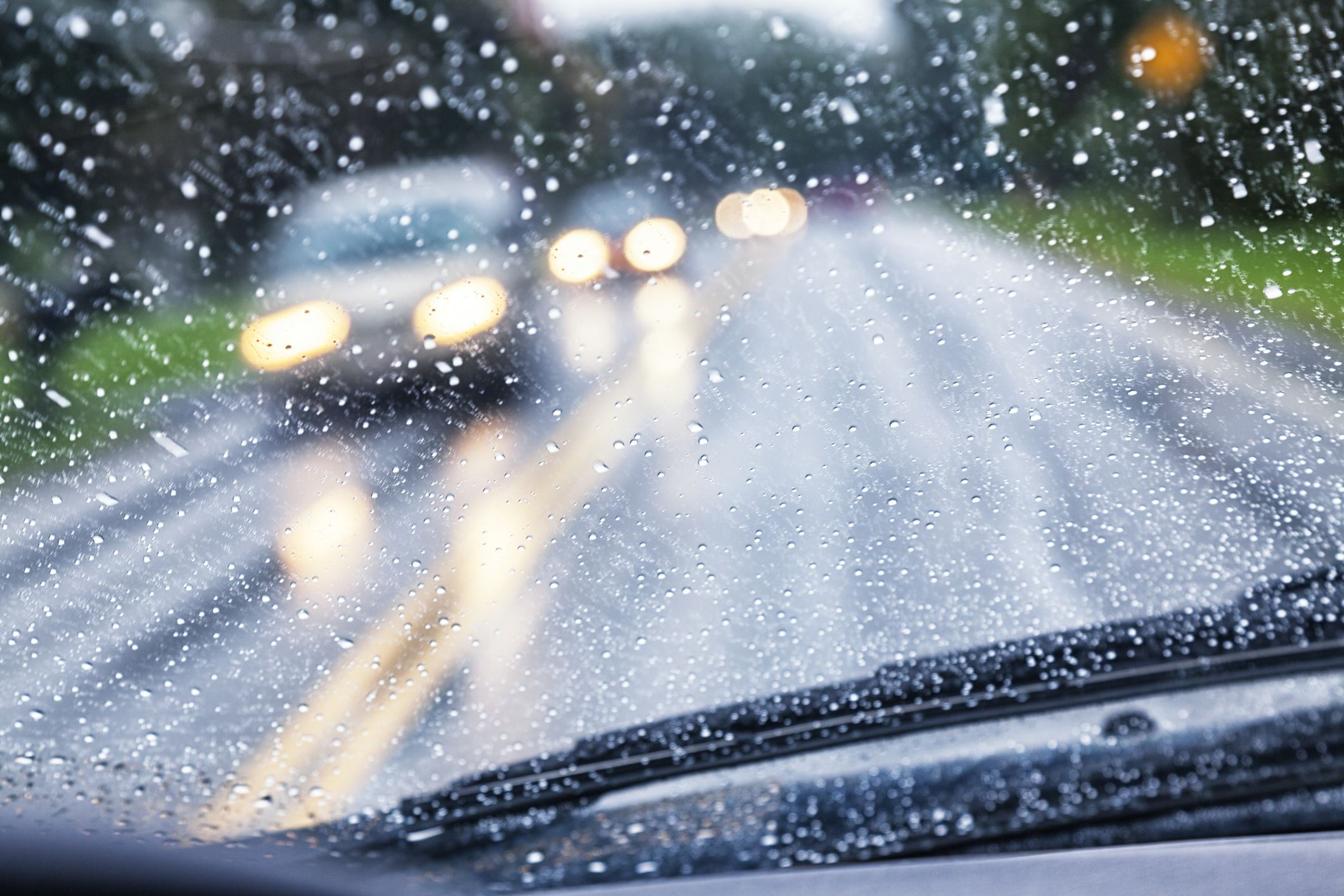As we start to look ahead to longer, warmer days, it’s important to remember that springtime weather can be unpredictable. When you’re driving, this means road conditions can change quickly—from sunny and calm one minute to rainy and dangerous the next.
At Huffman & Huffman Brothers in Law, PLLC, we remind you to always practice safe driving behaviors, but this is especially true during the wet days of spring. With recent rains contributing to more hazardous road conditions (and a fair share of accidents), now is the perfect time to brush up on some rainy-day driving safety tips.
SLOW DOWN
Speed is one of the biggest contributing factors when it comes to accidents, regardless of the weather. The faster a vehicle is traveling, the greater the risk of losing control. This is especially true in inclement weather.
Slick, wet roads and puddles can cause a motorist to lose control of their vehicle, even when they are following the posted speed limit. Additionally, heavy rain can make it difficult to see lane lines, signs, and hazards in the roadway, not to mention the traffic ahead. You should always drive considerably slower than you normally would in rainy weather—even if this means traveling below the speed limit.
TURN ON YOUR HEADLIGHTS
Heavy rain, fog, and other hazardous weather conditions can negatively impact visibility, not only making it harder for you to see others on the road but also making it harder for others to see you. The best way to make sure you are visible to others is to turn on your headlights.
Not only is turning on your headlights smart, but it is also the law. According to Virginia law, headlights are required during nighttime hours and “during any other time when, because of rain, smoke, fog, snow, sleet, insufficient light, or other unfavorable atmospheric conditions” visibility is limited.
AVOID STANDING WATER
Attempting to drive through standing water—even seemingly shallow puddles—can lead to hydroplaning. Hydroplaning occurs when your vehicle’s tires sit on top of water, rather than the actual road. This can lead to loss of traction and control, causing spinouts, rollovers, and skidding.
While most people know about the risk of hydroplaning when driving in the rain, many do not realize that it is possible to hydroplane even when roads are merely damp. This means you could hydroplane even after a shower has passed if the road has not yet dried.
The best way to avoid hydroplaning is to avoid driving through standing water or at speeds greater than 35 miles per hour. Sudden acceleration should also be avoided, as this poses a significant risk of hydroplaning.
TURN OFF CRUISE CONTROL
Cruise control can be great for long drives, but it should never be used in wet, rainy conditions. Drivers who use cruise control are more likely to be on “autopilot” themselves and may react slower to changing road conditions. Additionally, if you begin hydroplaning while your vehicle is on cruise control, it will take you longer to disable the controls and recover.
REFRAIN FROM SUDDEN ACCELERATION & BRAKING
Sudden, significant changes in speed can be disastrous in rainy conditions. Heavy acceleration or deceleration can cause hydroplaning and may result in you losing control of your vehicle. You should always maintain a slow, safe speed during inclement weather and, if you need to slow down or stop, remove your foot from the gas pedal earlier than you typically would before braking (if possible). This allows your vehicle to begin slowing down before you hit the brake. Whenever possible, avoid slamming on the brakes when driving in the rain.
If you find yourself hydroplaning, it is critical that you do not slam on the brakes, as this can cause a crash. Instead, let off the gas and calmly steer your vehicle. Do not overcorrect or brake suddenly. If necessary, you can slowly and gently pump the brakes several times while holding the steering wheel straight to help your vehicle slow down.
MAKE SURE YOUR VEHICLE IS PROPERLY EQUIPPED
Before driving in the rain, you should make sure your vehicle is ready for inclement weather. Check your tires and have them replaced and/or rotated if necessary. The more worn down the tread, the worse your tires will be at retaining traction. This can lead to hydroplaning and loss of vehicle control.
You should also check your windshield wipers to make sure they are working properly and are in good condition. Check your headlights, taillights, and blinkers and always use them when driving in less-than-ideal conditions. You should also have your brakes checked and, if necessary, schedule a routine oil change and tune-up before getting on the road.
BE PATIENT
The best thing to remember when driving in rainy weather or other poor conditions is to be patient. Remember, speeding or becoming frustrated with other drivers increases your risk of an accident, especially in hazardous weather. Always remain calm, leave sufficient space between your vehicle and others on the road, and avoid driving distractions, such as using a cell phone, looking at a GPS, or focusing on anything other than the road ahead. Your safety is of the utmost importance—everything else can wait!
If you were involved in an auto accident in Virginia Beach, Newport News, or anywhere in Virginia, reach out to the team at Huffman & Huffman to learn how we can help. Our attorneys are standing by, ready to inform you of your legal rights and options. We can investigate your claim, gather supporting evidence, and advocate for you before the insurance company and/or the court.
Contact us today to learn more during a free, no-obligation consultation.
 Text Us
Text Us  Call Us
Call Us 







